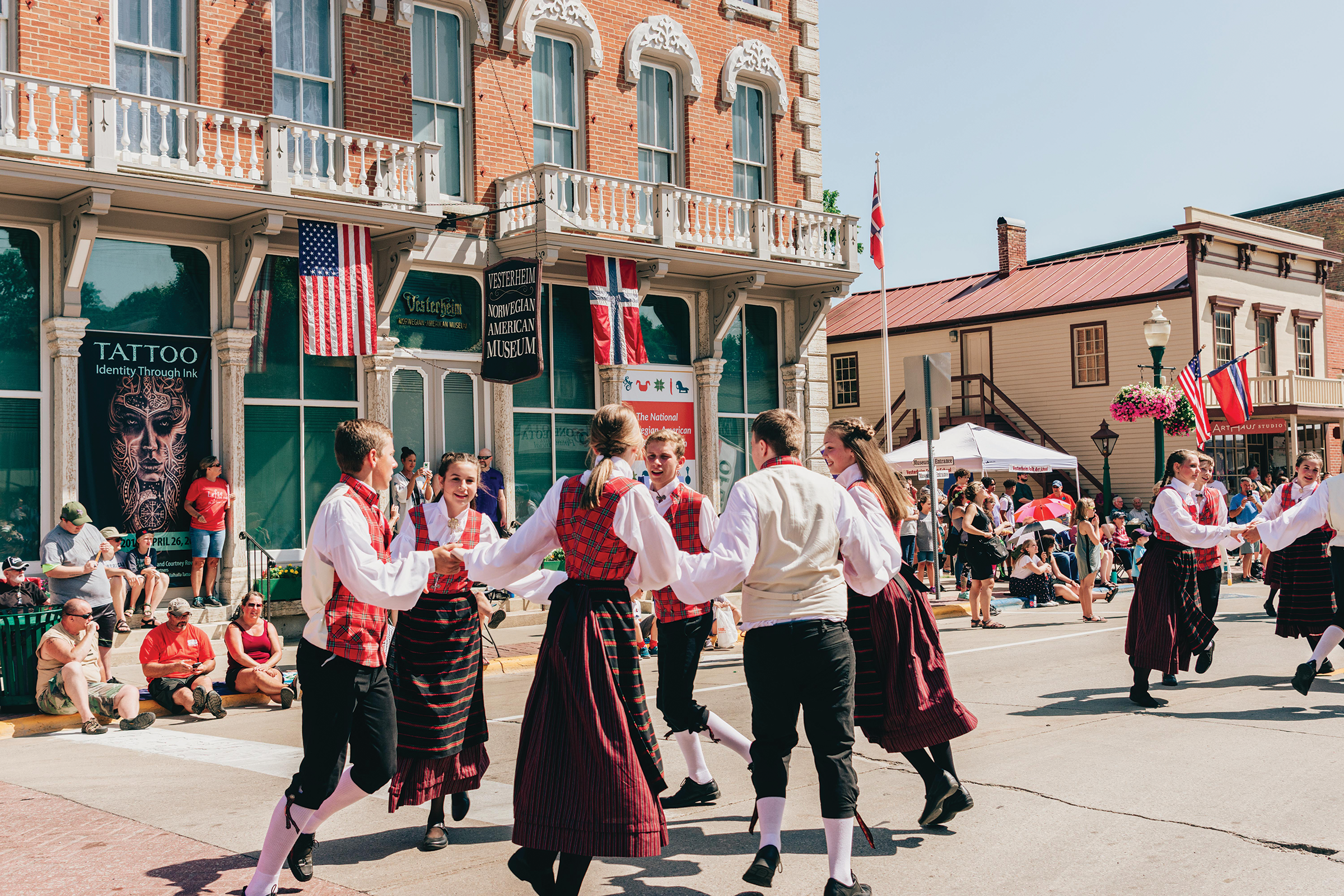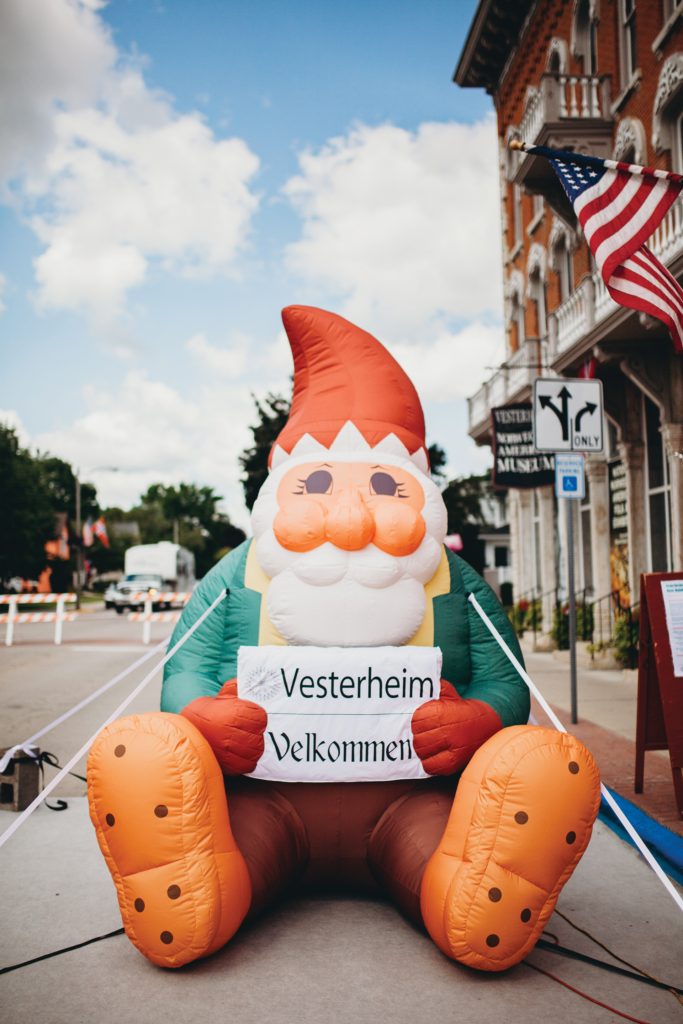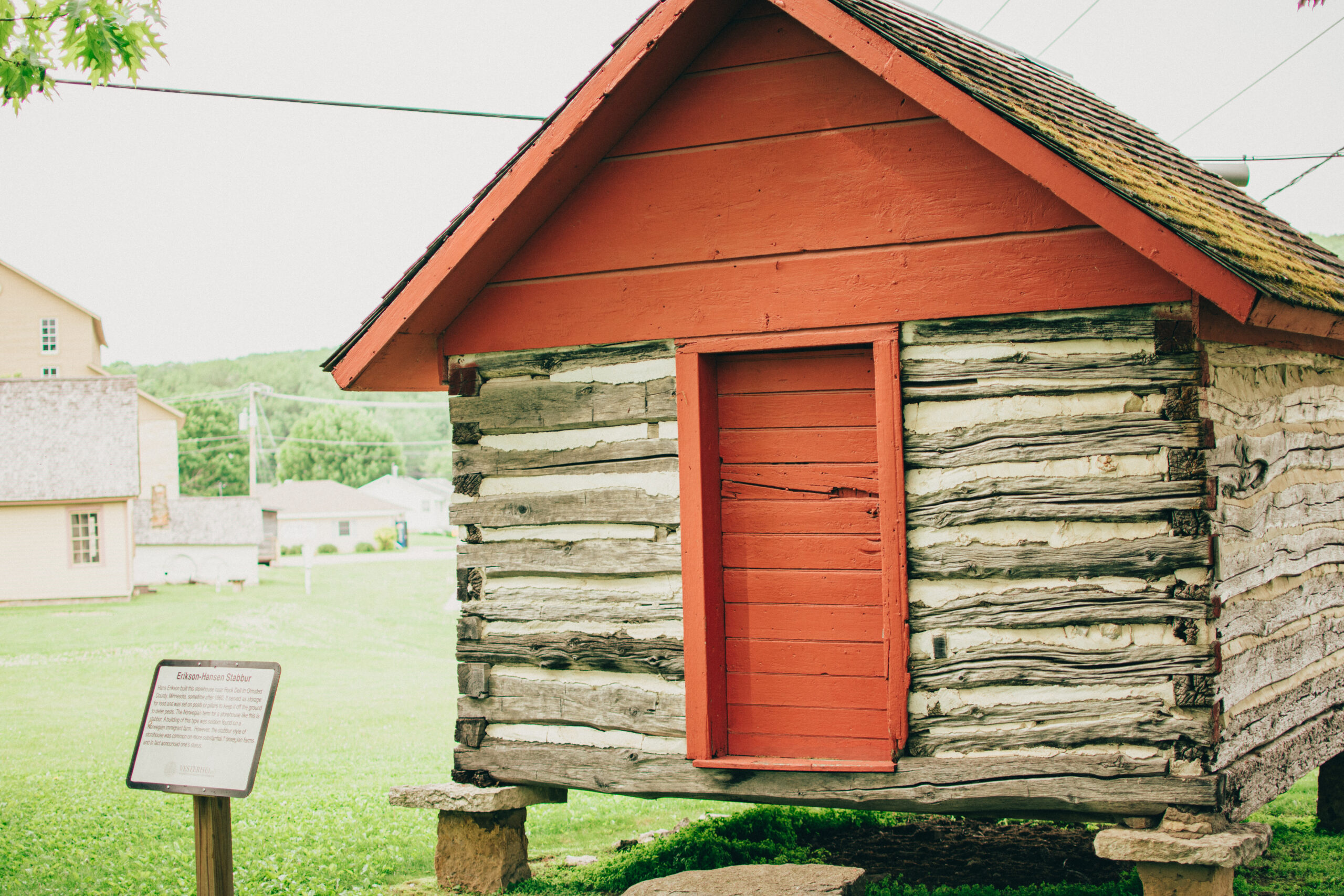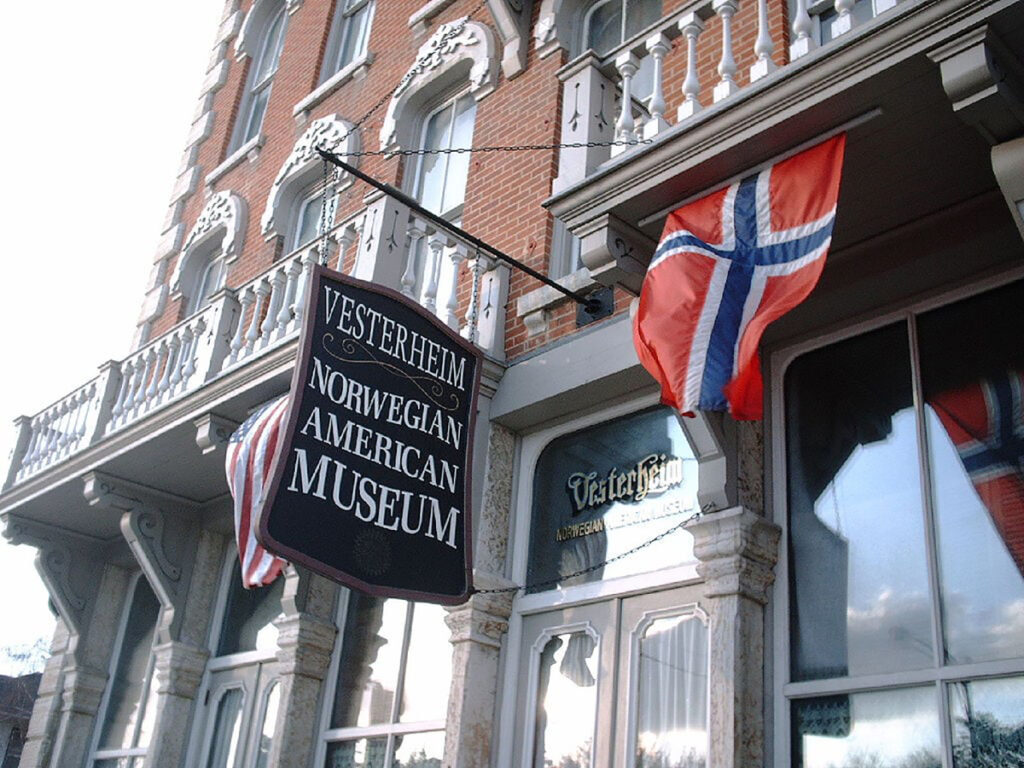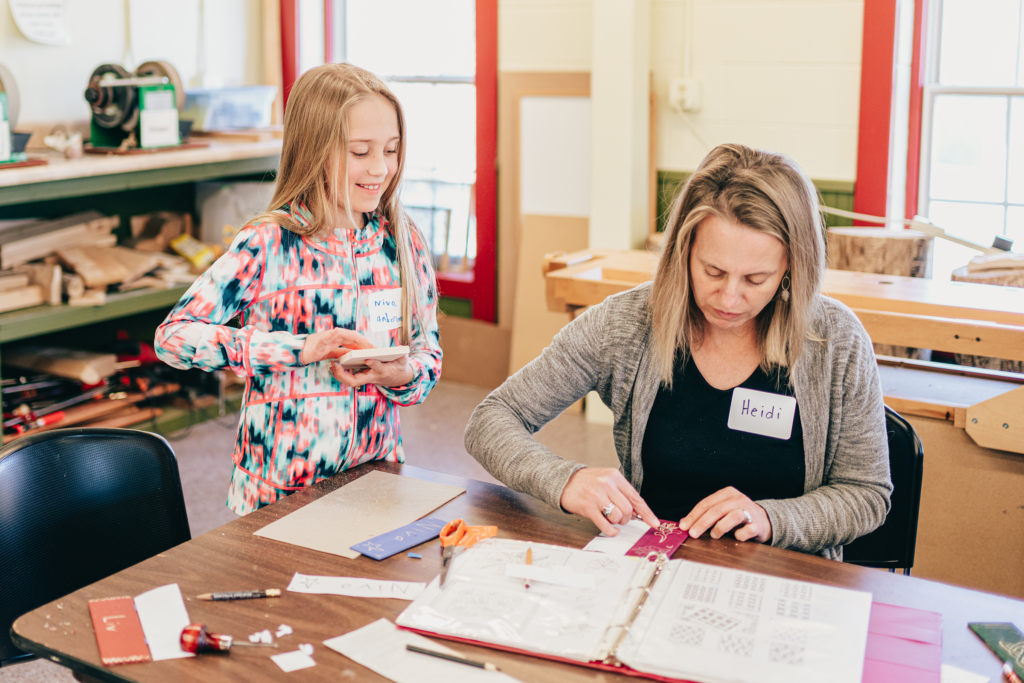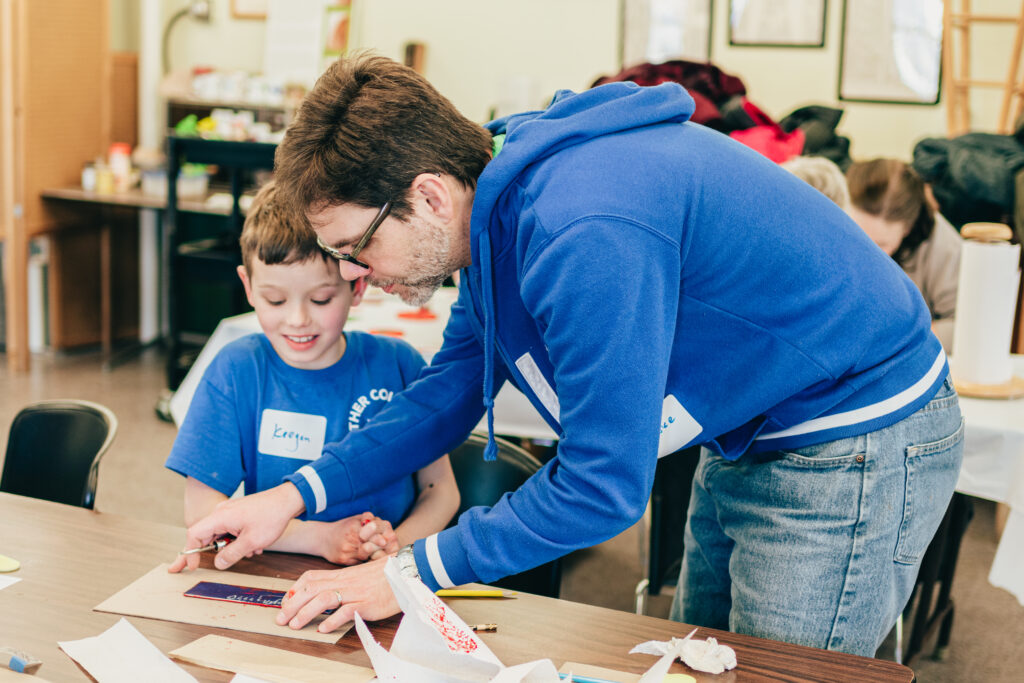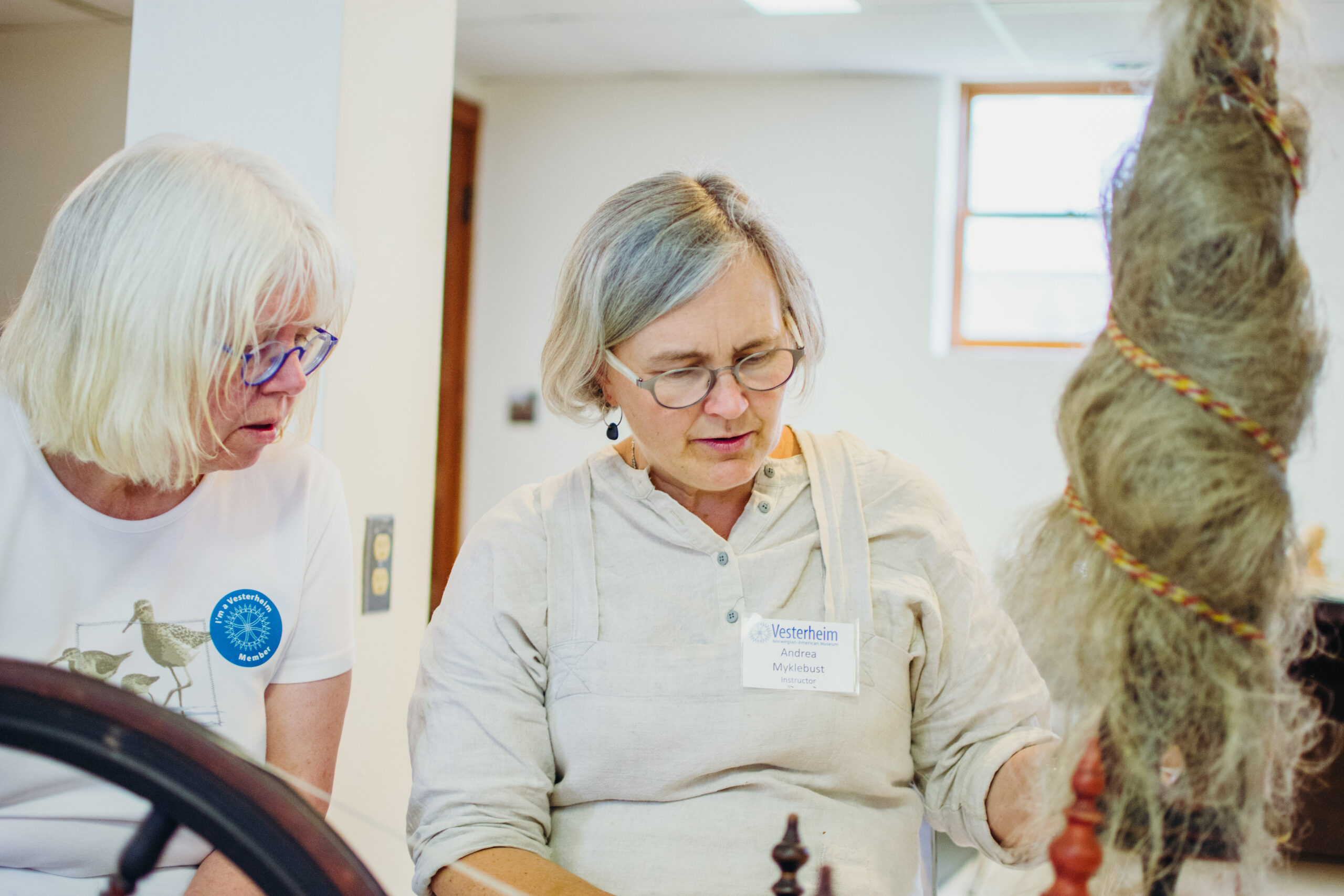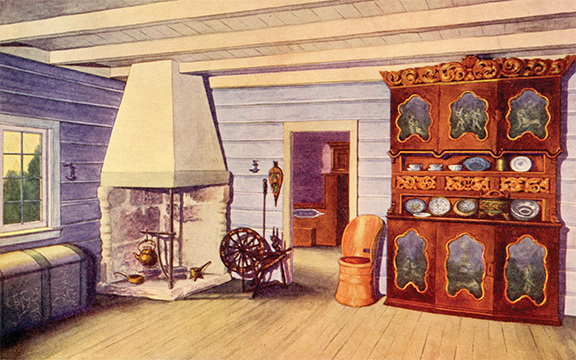Vesterheim, the National Norwegian-American Museum and Heritage Center, in Bluff County of Northeast Iowa at Decorah, explores the immigrant experience and keeps alive Norwegian folk-art traditions.
“America has been greatly benefited by this almost incessant exodus (from Norway); for the Norse peasants have, without an exception, made splendid citizens, the best, in fact, that have come to us from Europe,” Ohio writer Ethlyn T. Clough explained in 1909.
The origin of Norwegian immigration to America began when a sloop set sail from Stavanger in July 1825. Bound for New York, it would take 96 days to arrive with 53 on board. The “Sloopers,” as they were called, left Norway in search of religious freedom and land. Cleng Peerson, Father of Norwegian Emigration, was not among the sloop’s passengers because he was already on the pier in New York waiting to welcome the crew and passengers to their new homeland.
Between 1825 and 1990, almost 900,00 people emigrated from Norway; most of them came to the mid-western states of Minnesota, Wisconsin, North Dakota, South Dakota, Iowa and Illinois. Today in the Decorah region, the Norwegian-American heritage is deep and continues to be a vital addition to community life.
Because Norwegians held an inherent love of the land, farming was always an important way of life. When T. A. Hoverstad wrote in 1915, he emphasized how “the emigrants came to stay on the land” and that “their children remain on their lands after them.”
Besides newspapers, voluntary associations held together different groups of Norwegian-Americans. People joined for varous reasons, such as mutual aid and support but certainly to socialize with like-minded people. Historian Odd Lovoll writes, “They were a substitute for the old tradition-bound life, for family and kinfolk, and for neighbors in the home community.” All in all, from traditional foods and community organizations to the contributions of an engaged and active citizenry, the Norwegian immigrant and following generations have made and continue to make a distinctive presence in American culture.
The collection that makes up the Vesterheim Museum began in 1877 at Luther College, a Norwegian-American liberal arts institution, in Decorah. Later, Anders Sandvig, the force behind Maihaugen the folk art museum founded in 1904 in Lillehammer, Norway, was impressed with what Luther College had done and organized a gift of one hundred plus items to honor the century of Norwegian emigration in 1925. Consequently, the museum separated from Luther College and became Vesterheim, western home in the Norwegian language, in 1964.
Today, Vesterheim comprises twelve buildings, including houses, mills, a church and a school. A new Heritage Park, an educational, interpretative and public outdoor space, is part of a master plan created for Vesterheim by Snøhetta, the international architectural firm with offices in New York City and Oslo. Chris Johnson, Vesterheim’s president and CEO, welcomes this addition “to serve as a gathering space as well,” describing the design as “a Norwegian forest-and-glade concept, with extensive tree plantings surrounding a scattering of open areas for public gatherings, the interpretation of historic buildings, educational functions and folk-art classes as well as a small amphitheater for performances.”
Vesterheim likes to ring in the seasons. For Christmas, there are concerts, craft classes, folk art demonstrations and holiday goodies. The annual Nordic Fest, a fun-filled family event with music and dancing, stalls with homemade foods, contests and games, takes place the last full weekend in July. Outdoor activities are free, open to the community and manned by enthusiastic volunteers. At the finale, a colorful Nordic parade, with Norwegian and American flags waving proudly, proceeds along the main thoroughfare of downtown Decorah. During the day, there is a cornucopia of attractions from various exhibitions in the Museum to demonstrations of Norwegian arts and crafts. Of course, the gift shop brims with enticing Norwegian-related merchandise.
A major focus of Vesterheim is the Folk Art School, annually offering a wide selection of classes since 1967—in fiber arts, woodworking, painting, cooking, jewelry, blacksmithing, knifemaking and more, taught by instructors from America and Scandinavia. Students participate in a community of learning and handicraft; they develop their skills and enter pieces in an annual judged competition. Winners donate colorful items for the annual Benefit Auction that financially supports the Folk Art School and keeps Norwegian folk-art traditions alive in America.
Whether or not you have Norwegian heritage, there is plenty to enjoy and learn at Vesterheim. As Chief Curator Laurann Gilbertson writes, “Folk Art offers connections and community for everyone at every age.”
Side Dish:
Enjoy grilled filet of walleye, my favorite midwestern fish, at the Hotel Winneshiek, a boutique hotel, now restored to its former 1905 glory, just minutes from Vesterheim. hotelwinn.com
For complete information, see vesterheim.org and subscribe to Vesterheim Current, an email newsletter.
Cynthia Elyce Rubin, Ph.D. is a visual culture specialist, travel writer and author of articles and books on decorative arts, folk art and postcard history.
Photos courtesy of Vesterheim, Norwegian-American Museum

